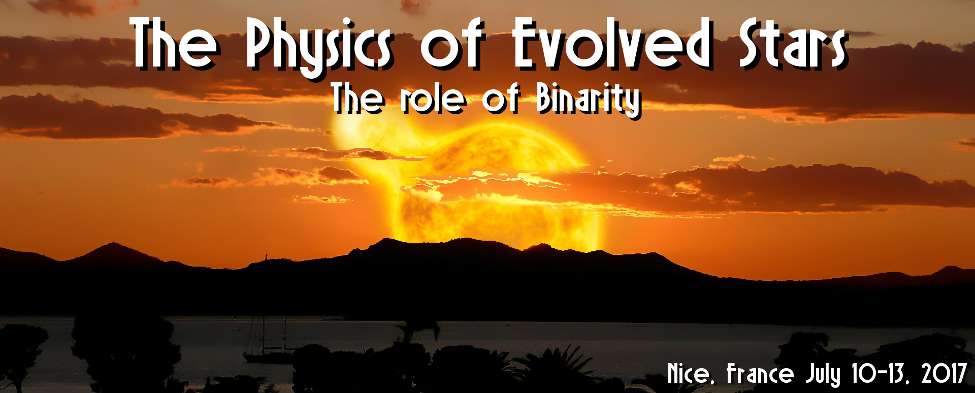Sakurai's Object (V4334 Sgr), the prototype final flash object discovered in the mid-1990s, brightened rapidly then faded as it cooled and was obscured by condensing dust. Reaching perhaps 25th magnitude at K during the first decade of the 21st century, Sakuarai's Object was re-acquired in 2010 in images showing a central source and debris cloud. The central source has now brightened by more than 10 magnitudes from the time of greatest obscuration to K=14.2. Gemini-NIRI K band AO images obtained from 2010 through 2016 also record the expansion of the debris cloud. The central star remains obscured. NIFS spectro-spatial images from 2015 taken in He I 1.0830 microns show an expansion axis for the gas pointed nearly along the line of sight. The expanding dust debris cloud appears to be nearly in the plane of the sky. This is in agreement with the geometry of the nearly circular pre-flash PN. The mechanism shaping the mass-loss appears to have been the same over the ~10^4 year period spanning the end of the AGB through the post-AGB final flash. A companion star is a likely candidate.

|
|
|
|
Sakurai's Object - Mass-loss shaped by binarity?
1 : National Optical Astronomy Observatory
(NOAO)
-
Website
950 N. Cherry Street, Tucson, AZ 85719 -
United States
2 : National Optical Astronomy Observatory
(NOAO)
-
Website
3 : Department of Astronomy, University of Texas [Austin]
-
Website
The University of Texas at Austin 1 University Station Austin, Texas 78712 -
United States
4 : Department of Physics, University of California, Davis
|
| Online user: 1 | RSS Feed |

|
 PDF version
PDF version